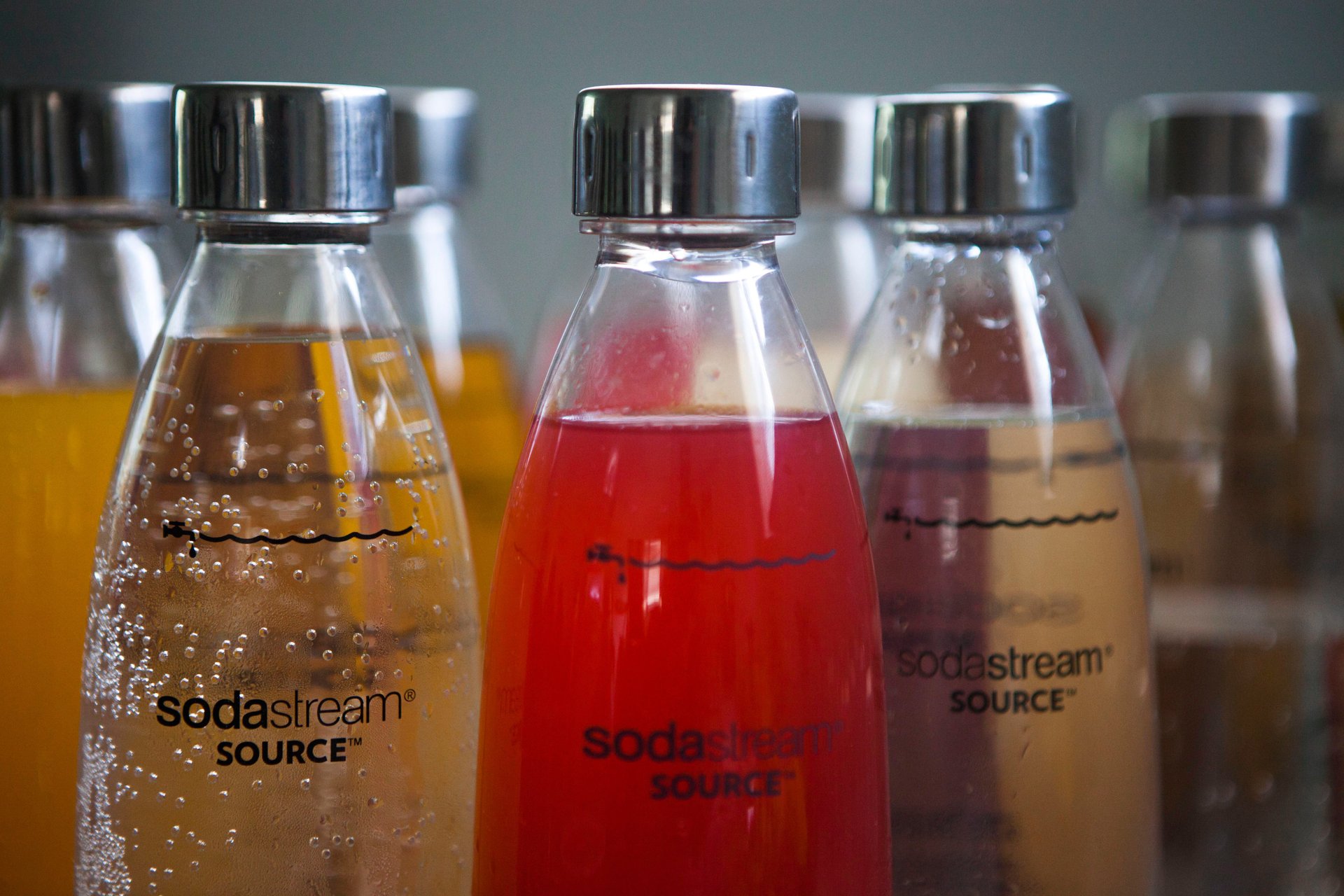The only people more obsessed with sparkling water than millennials are venture capitalists
The seltzer hype is bubbling over.


The seltzer hype is bubbling over.
Sales of sparkling water have doubled in the past decade, the share price of National Beverage Corp (the makers of LaCroix) has gone through the roof, and Pepsi acquired carbonated-drinks maker SodaStream for $3.2 billion earlier this week. LaCroix, the brand perhaps most associated with the recent ascendance of seltzer, has made it a corporate mission to specifically target millennials, bypassing traditional advertising strategies in favor of Instagram “influencer” marketing and similar tactics designed to appeal to that demographic.
But if there’s any group that loves seltzer more than millennials, it might be venture capitalists.
According to data from Pitchbook, over $152 million has been invested in sparkling-water companies so far in 2018, more than in 2016 and 2017 combined. The question is why investors, who look to get a 10x return on every investment they make, would turn to a product as commoditized as soda water?
The first reason is simple: sugary soda is becoming passé. A combination of soda taxes and shifting public perception of the fizzy drinks’ health impact has caused a decline in consumption in recent years, creating room for other carbonated beverages in US cup holders.
The second reason is that incumbent sparkling water companies like Schweppes, Perrier, and San Pellegrino are, well, boring. “The incumbents are all laughably outdated,” says Anna Whiteman, a senior associate at Tribeca Venture Partners. “There’s tons of grocery shelf space already dedicated to sparkling water, so it’s an easy transition [for newcomers] onto the shelf.”
The third is that VCs don’t want to miss the boat. We saw this in the scooter- and bike-sharing market when Uber’s acquisition of Jump lead to huge injections of cash into competitors like Lime and Bird. As LaCroix surged in recent years, Pepsi and Amazon launched their own sparkling water products, and startups like Spindrift emerged on the scene. Now VCs want to place their seltzer bets before it’s too late.
But for seltzer, the line between a quality refreshment and a quality investment is not very clear. On one hand, products that work themselves into people’s daily habits—like Netflix or Uber—generate recurring revenue, a quality VCs love to see in companies. Seltzer is a growing market, and with sugary drinks on the decline, that’s likely to keep up. On the other hand, most seltzer brands lack real differentiation. Though certain companies advertise their uniqueness with edgy packaging or unique flavors, it’s hard to see seltzer becoming much more than a commodity.
In an 1999 interview with Fortune, Warren Buffet coined the term “moats” to describe his investment strategy:
“The key to investing is not assessing how much an industry is going to affect society, or how much it will grow, but rather determining the competitive advantage of any given company and, above all, the durability of that advantage. The products or services that have wide, sustainable moats around them are the ones that deliver rewards to investors.”
Though seltzer brands certainly have plenty of water to sell, whether any have a moat of their own remains to be seen.